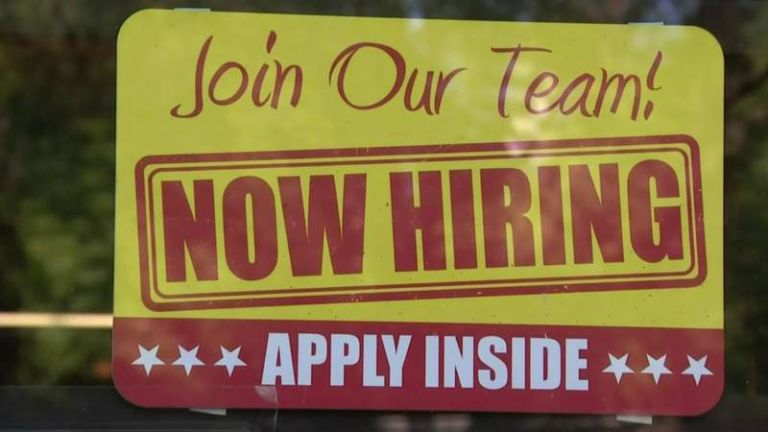Paul Gessing writes at National Review Online about the consequences of one Western state’s poor economic policies.
As has been the case for decades, Midwestern “Rust Belt” states overall lost representation, while fast-growing states in the Southwest gained seats (Texas added two and Colorado one). For the first time ever, California actually lost a congressional seat.
Yet overlooked by the national media in all of this was what can only be described as the impending creation of a population “donut hole” in the otherwise fast-growing Southwest — that is, my home state of New Mexico.
While Utah and Arizona didn’t add congressional seats as New Mexico’s other neighbors Colorado and Texas did, both states saw double-digit population growth for the decade. New Mexico’s population, on the other hand, grew at just 2.8 percent over that period. That puts the state on par with Vermont and just ahead of Maine, at 2.6 percent.
When neighboring Utah grows at 18.4 percent and Texas grows by 15.9 percent — and your own state’s population barely increases — there must be a problem. Hint: It’s not the weather. …
… How, then, did a state located right in the middle of the fastest-growing region of the country perform so poorly? More important, what can be done about it?
First, to begin to appreciate the extent of New Mexico’s problems, we must understand its lack of economic freedom. According to the Fraser Institute’s annual “Economic Freedom of North America” report, New Mexico is in the bottom quartile of U.S. states when it comes to the ability of its residents to keep their hard-earned money and face reasonable economic regulations.
All of New Mexico’s fast-growing neighbors are ranked higher. To be sure, this is notable but unsurprising: High levels of economic freedom are strongly associated with increased population growth. …
… [S]ince the end of World War II, New Mexico’s economy has been based on a combination of massive federal spending and a robust oil and gas industry.


